By Christopher Angulo
My top 10 favorite books on Mormonism read in 2022
This is the first volume, that I am aware of, written by scholars who are both well versed in Mormonism AND Masonry. Method Infinite looks at Joseph Smith’s restoration movement through a Masonic lens. Though some of the analysis felt stretched at times, it does make a strong argument for the impact of Masonry on Smith’s upbringing and subsequent religious development. I left this reading with a refreshed look at Smith and his movement. I also better appreciated the social constructs that help create one’s self. If you are looking for a book that delves into the rituals of masonry or the depth of Smith’s movement, this is not the book (Duncan’s Masonic Ritual and Monitor is better for Masonry, or Bushman’s Rough Stone Rolling for Mormonism). This book adds to the expansive cannon of Smith’s history, showing the influence of different ideologies on Smith’s religious development.
My words cannot do this book justice. People have been captivated by the magic worldview and Joseph Smith’s relationship to it. Elwood has done what no other scholar/author has been able to do, capture the fantastical world of Joseph Smith’s life and bring it to life. Vol. 2 focuses on the buildup to Moroni’s appearance and Smith’s first attempt at retrieving the gold plates. Like Vol. 1, Elwood weaves a variety of sources into a single, continuous narrative. Elwood also provides the full excerpts for the sources he uses at the end of each section, with citations in the back of the book. What this book does so well is gets you sucked into the story. Once sucked in, you want to read the more dry/boring sources on which Elwood relied upon to create his narrative. I’ve learned more from this book, from both the text and the beautifully striking images, than I have in reading hundreds of pages on the subject.
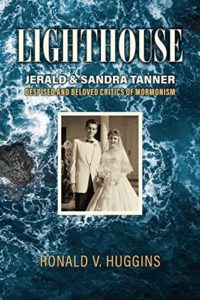
Many people have viewed the Tanners as anti-Mormon. While, to some extent, this label may hold true, this book breaks down this prejudice and places them in a different light, as fighters for truth (i.e., when the world accepted Hofmann’s Salamander letter, Jerald Tanner took a stance that the document was a forgery). Anyone who gets deep into Mormon history knows of the Tanners work (and has probably read a pamphlet or two from them). This book details the Tanners life while simultaneously delving into the history of the LDS church’s 20th century intellectual development. The stories and interactions the Tanners had with the LDS church are fascinating. The book also show that power that thoughtful dissent can have on progress and spiritual development.
For those interested in American politics, or America’s development of “religious freedom,” this book should be on your radar. Reed Smoot, a Mormon, but not a polygamist, was elected to the Senate. The Senate, however, attempted to give him the boot because he belonged to a polygamist religion. This book details the legal/constitutional arguments that were made to prevent a devote religionist from holding a seat of political power. This book also goes into the history of what the LDS church did to combat the prejudices, which in turn required it to change and evolve in a different direction. The book is difficult to read, and may require rereading of paragraphs, chapters, and maybe even the whole book. You will be rewarded for this work with a more charitable heart and greater resolve in the value of open discourse, earnest listening, and compromise.
This book was the best book I have read on life in early Utah. It is also an insightful look into the power dynamics between white settlers and the indigenous people. Sally, an Indian woman, was sold by another Indian tribe to Mormon white settlers. Her story is tragically beautiful (but also really sad). Kerns’ literary approach keeps the focus on Sally and diminishes the other more prominent figures, like Brigham Young. By referring to Young as “the prophet,” or some other title other than his name, Kearns shows that Sally’s story is at least as compelling as Young’s. This book has also changed the way I understand early Utah life (especially the cricket episode). Definitely give it a whirl!
Justice & Mercy provides the historical details of four stories involving high profile men of the LDS church. I purchased this booked primarily for Richard Lyman’s story, as the last apostle to be excommunicated (1943). Most of what I’ve heard/read were whispers and guesses at what actually happened. Bergera provides details straight from the leaders involved in the excommunication. It is a fascinating story. The other person I was interested in was the patriarch of the church, Joseph F. Smith (not the more famed prophet by the same name). Again, the discussion around Patriarch Smith’s sexuality seemed more rumored than anything else. Bergera makes a compelling story with concrete citations of how the church dealt with Smith for his prior transgressions. Excommunication is an interesting topic, and has caused lots of hurt because of the results sometimes vary between church leaders and areas, but this book makes you appreciate the complexity of “transgression” and how one can show compassion to those who have acted contrary to covenants and promises they have made (it is really also just fun table talk).
Polygamy has a second wind in America’s pop culture this year. I was also swept away in the excitement, reading numerous books on the subject. This book is a really simplified and comprehensive looks at polygamy. If you like Sister Wives, Under the Banner of Heaven, or anything polygamy, this book will help you understand how it began in Joseph Smith’s movement, how Brigham Young further developed it, and what the various splinter groups did following the LDS church’s manifesto(s) stopping the practice of polygamy. The read is light, and very digestible.
I love Inouye’s writings.
The End of the World: Plan B is one of my favorite books. He has a way of telling a story, or making an argument, which requires you to think abstractly and simultaneously self-reflect.
Zion Earth, Zen Sky is a memoir, but is unlike any memoir I’ve read. The stories are short and relatable. Inouye provides reflection on these stories that help you integrate his learned principles into your life. The stories are also broken separated by what his niece called “evocative haiku.” The haiku’s allowed for the stories to settle and reach deeper into your soul. This was probably my favorite read of the year.
Divergent Paths of the Restoration is an encyclopedia of the various schisms of Joseph Smith’s restoration movement. Ever want to know more about the Temple Lot group, or the famed musician Alice Cooper’s Bickertonites? If so, this is the book for you. The schisms are presented in chronological order and each section provides a brief history/overview of the group. I’ve been looking for the 4th edition for a couple of years, and was super pumped when this 5th edition came out in print earlier this summer.
(Most of the books can be found online at amazon, or where’ve you buys books. Justice & Mercy is only found at Benchmark Books, and Glass Looker needs to be purchased from the author’s website, or Benchmark…. Just buy them from Benchmark Books).
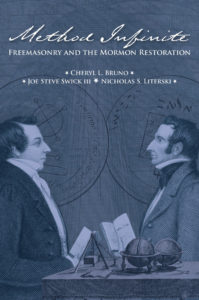 Method Infinite: Freemasonry and the Mormon Restoration, by Cheryl L. Bruno, Joe Steve Swick III, Nicholas S. Literski
Method Infinite: Freemasonry and the Mormon Restoration, by Cheryl L. Bruno, Joe Steve Swick III, Nicholas S. Literski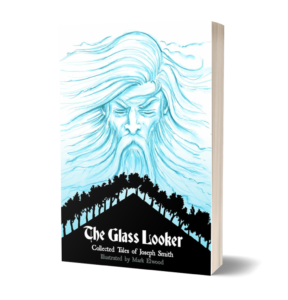 The Glass Looker, Vol. 2, by Mark Elwood
The Glass Looker, Vol. 2, by Mark Elwood Lighthouse: Jerald and Sandra Tanner, Despised and Beloved Critics of Mormonism, by Ronald V. Huggins
Lighthouse: Jerald and Sandra Tanner, Despised and Beloved Critics of Mormonism, by Ronald V. Huggins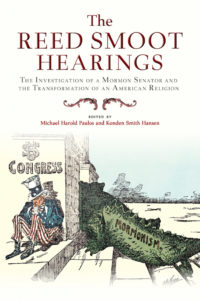 The Reed Smoot Hearings: The Investigation of a Mormon Senator and the Transformation of an American Religion, edited by Michael Harold Paulos and Konden Smith Hansen.
The Reed Smoot Hearings: The Investigation of a Mormon Senator and the Transformation of an American Religion, edited by Michael Harold Paulos and Konden Smith Hansen.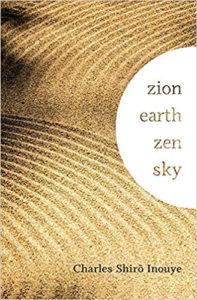 Zion Earth, Zen Sky, by Charles Shirō Inouye
Zion Earth, Zen Sky, by Charles Shirō Inouye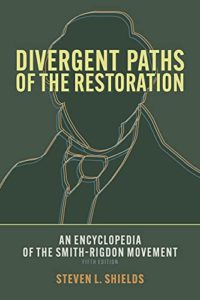 Divergent Paths of the Restoration: An Encyclopedia of the Smith–Rigdon Movement, by Steven L. Shields
Divergent Paths of the Restoration: An Encyclopedia of the Smith–Rigdon Movement, by Steven L. Shields
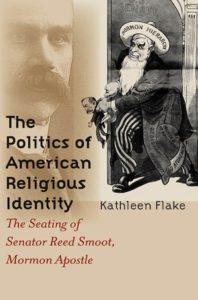
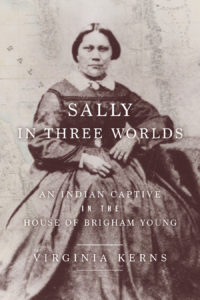
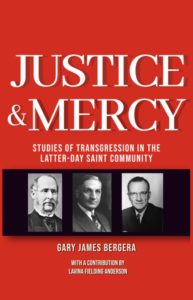
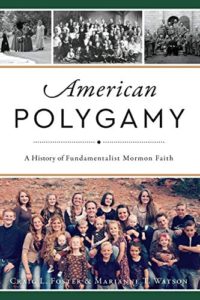
Thanks for these recommendations! I’ve been wanting to read the Charles Inouye book, but several of the others sound interesting, as well. And it’ll give me an excuse to visit Benchmark Books, which is in the ugliest suburban office block imaginable yet, once you get inside, a very fun place to browse.